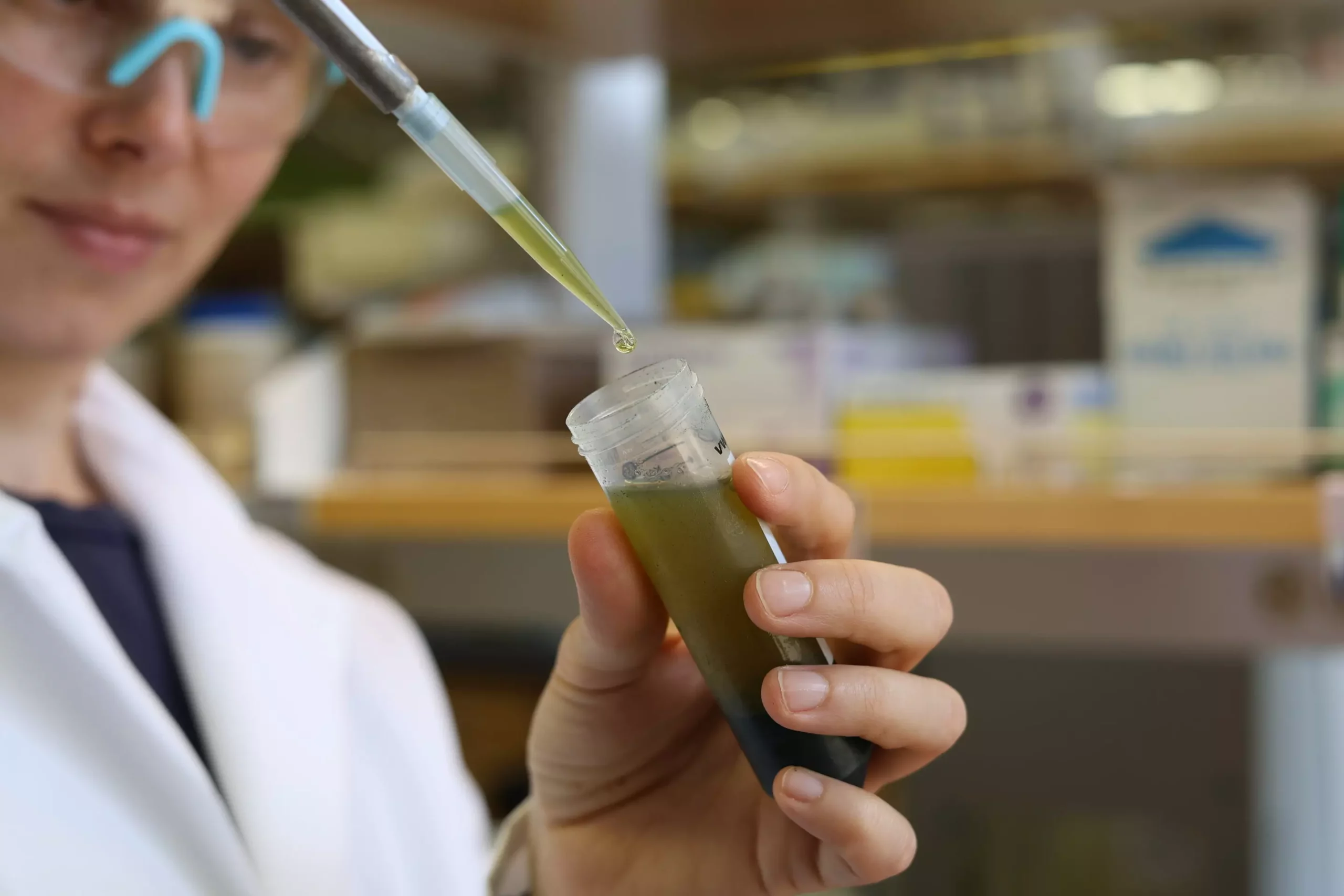Organofluorine compounds, often referred to as “forever chemicals,” have been increasingly detected in our water sources, oceans, and even human blood. These chemicals pose a significant threat to both the environment and human health due to their persistence and potential toxicity. The University of Texas at Austin researchers have developed a groundbreaking technique to fingerprint these compounds, offering a valuable tool for tracking their source and movement in aquifers, waterways, and soil.
The innovative technique involves passing samples through a strong magnetic field and detecting the radio waves emitted by the atoms of the molecules. By analyzing the composition of carbon isotopes in the molecule, researchers can create a unique fingerprint for each chemical. This advancement is crucial as it enables scientists to monitor the spread of forever chemicals in the environment and understand how they behave over time.
The Significance of the Research
Cornelia Rasmussen, a research assistant professor at the University of Texas Institute for Geophysics, emphasized the importance of the new technique in tracking the movement of molecules. With this method, researchers can determine whether the chemicals remain localized or travel downstream, providing crucial insights for environmental monitoring and management. The research was published in the journal Environmental Science & Technology, highlighting its contribution to the field of environmental chemistry.
Forever chemicals are characterized by strong molecular bonds that resist degradation in the environment, leading to their accumulation as pollutants in soil and water. Traditional chemical fingerprinting methods are ineffective for these compounds due to the complexity of their molecular structure. The use of nuclear magnetic resonance (NMR) spectroscopy offers a non-destructive way to analyze the structure and isotopes of forever chemicals, enabling researchers to establish a unique fingerprint for each compound.
The researchers at UT Austin are exploring the application of the new technique on various pollutants, including pharmaceuticals and pesticides found in water sources. A pilot study is underway to evaluate the effectiveness of the method in tracking water-borne forever chemicals in Austin’s creeks and wastewater. If successful, this technique could be adopted by state and federal agencies for monitoring and regulating the spread of these persistent chemicals.
Broader Implications and Future Directions
Beyond tracking forever chemicals, the innovative fingerprinting technique opens up new possibilities in organic chemistry. The information obtained from isotope analysis could be applied to diverse fields such as detecting counterfeit drugs and exploring astrobiology. Cornelia Rasmussen envisions expanding the use of the technique to investigate metabolism on early Earth, demonstrating the wide-ranging impact of this research on scientific exploration.
The development of a novel fingerprinting technique for forever chemicals represents a significant advancement in environmental chemistry. By harnessing the power of NMR spectroscopy and computational tools, researchers are now equipped to track the source and movement of these persistent compounds accurately. This breakthrough not only contributes to environmental monitoring but also paves the way for future discoveries in organic chemistry and beyond.


Leave a Reply